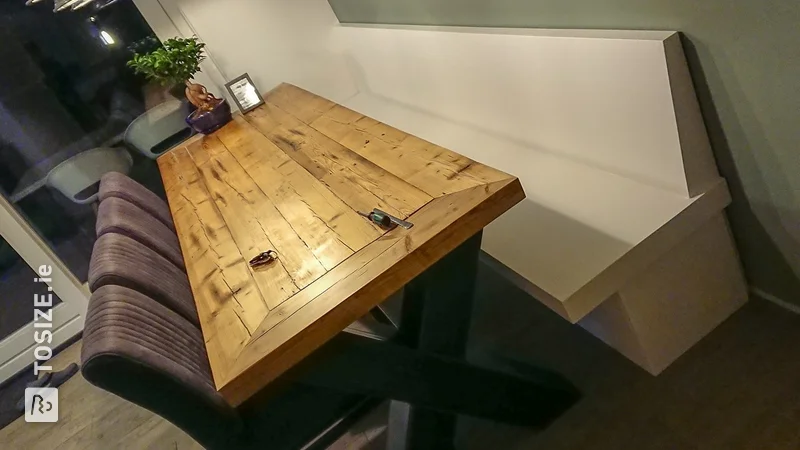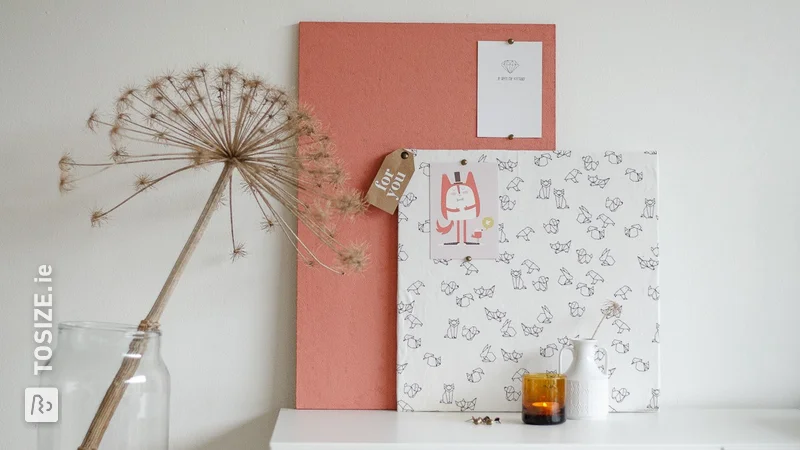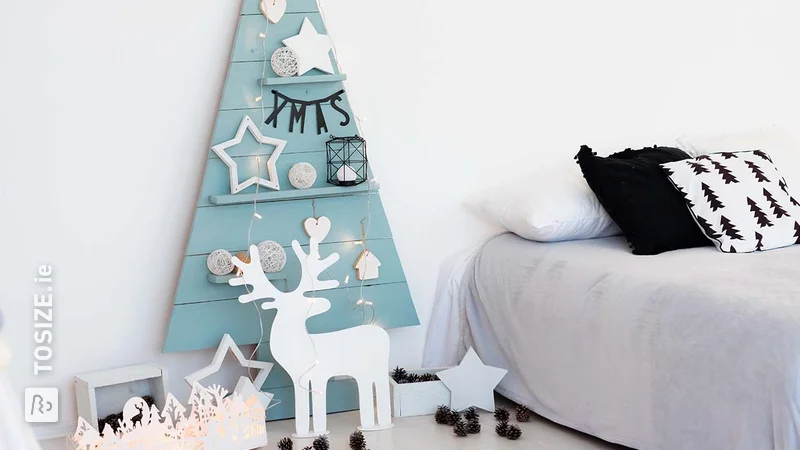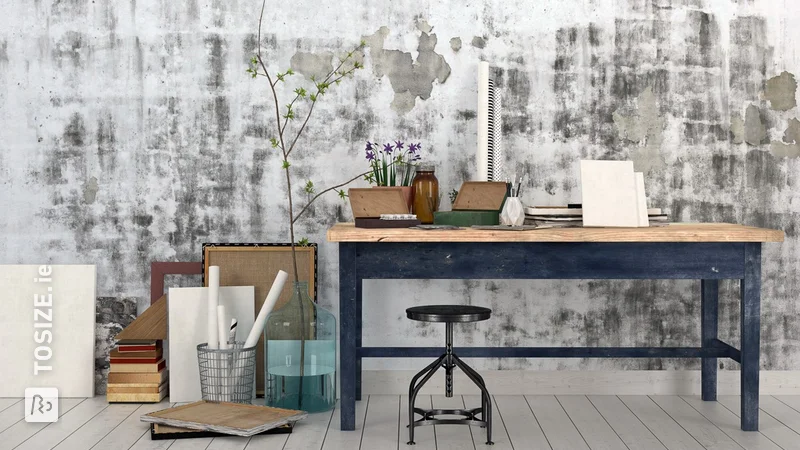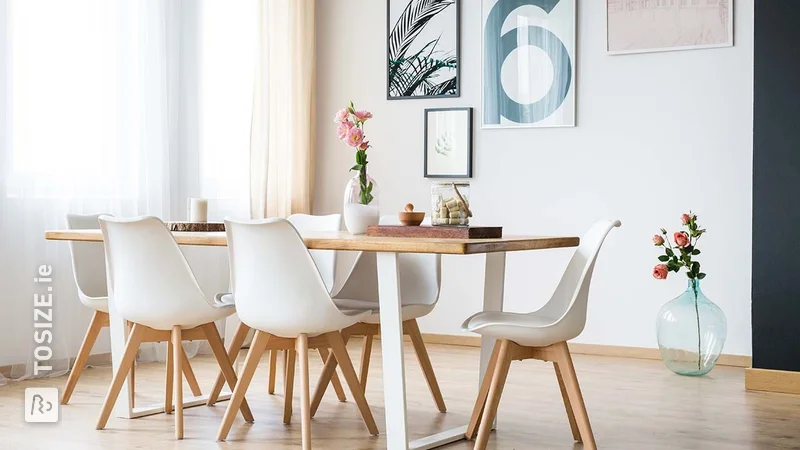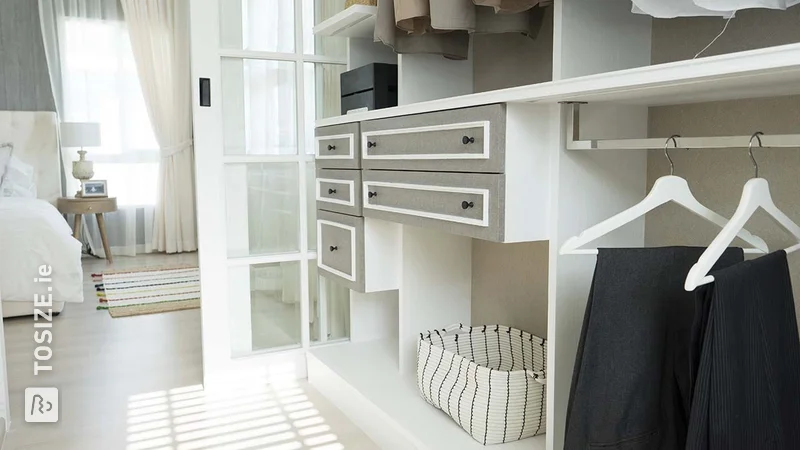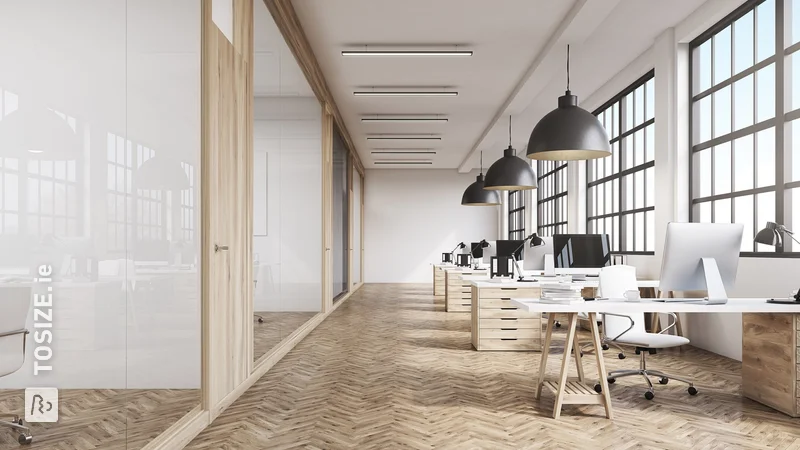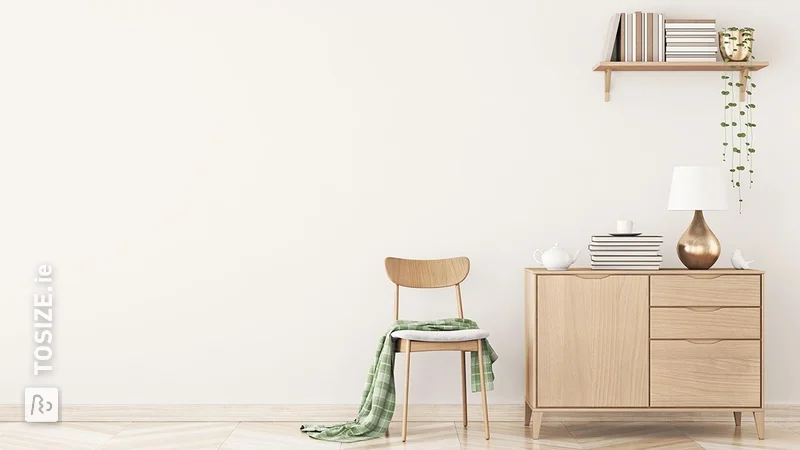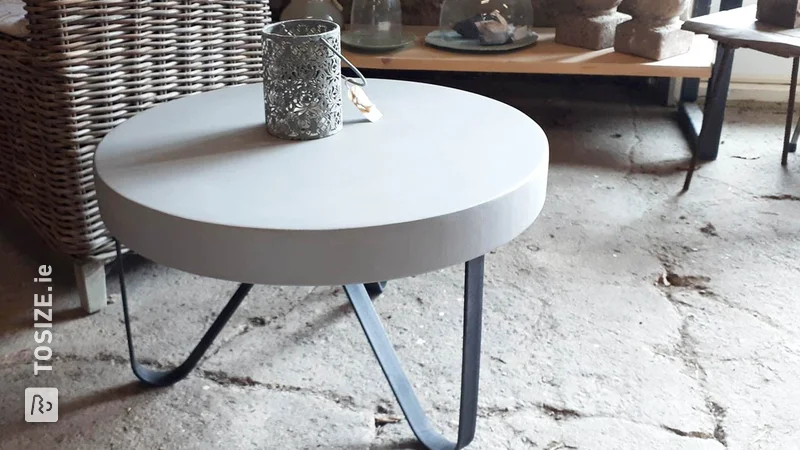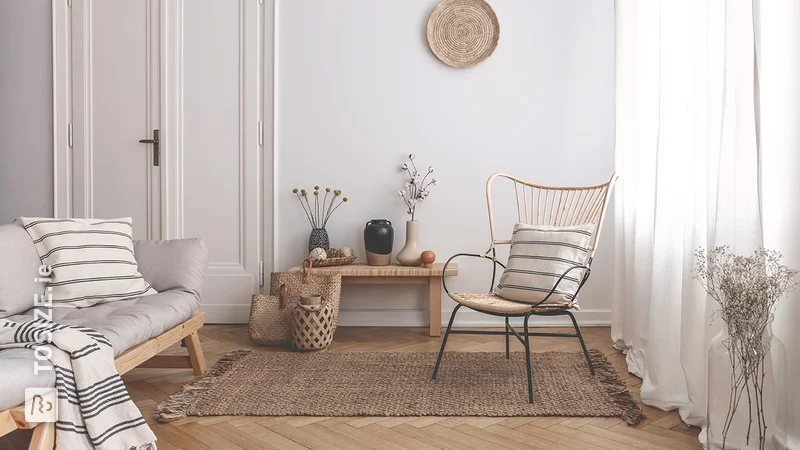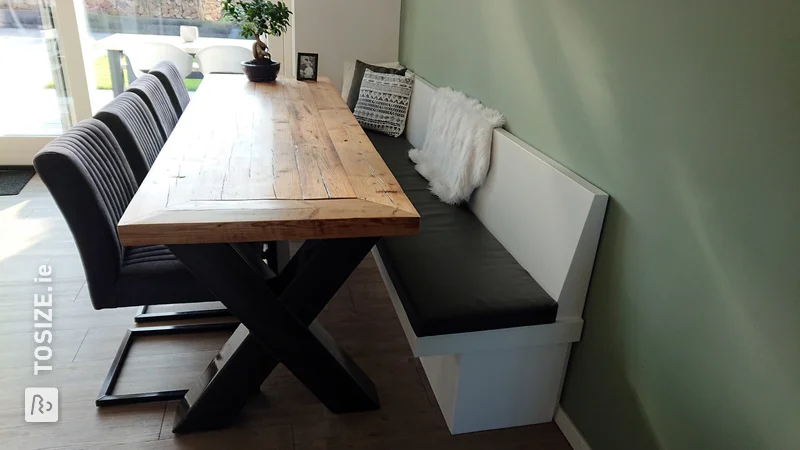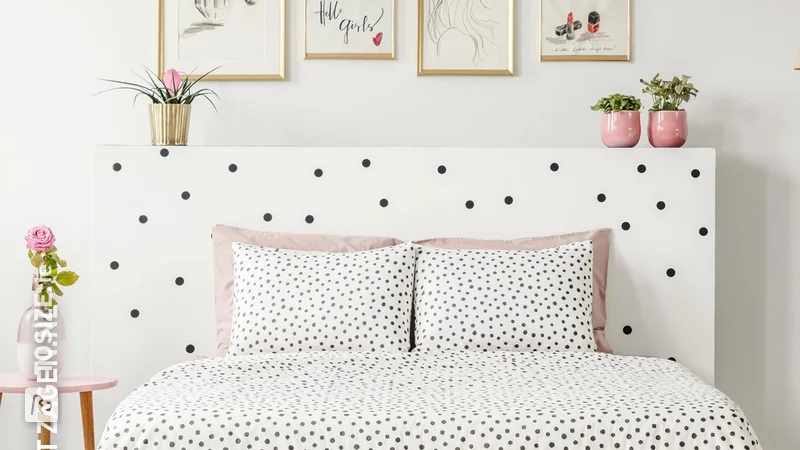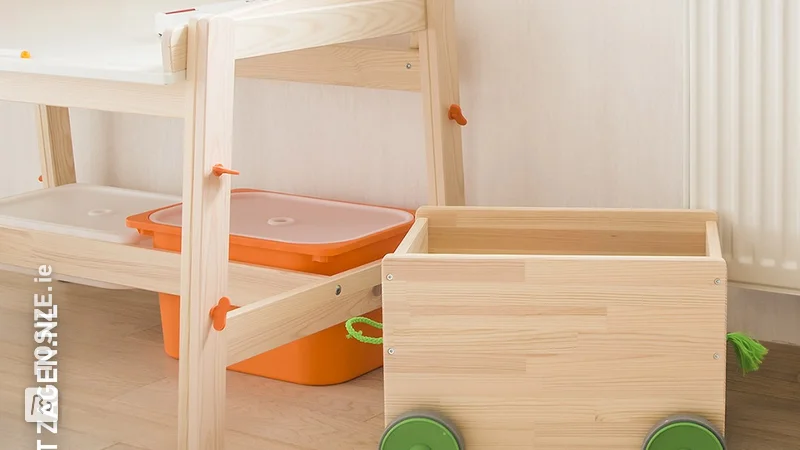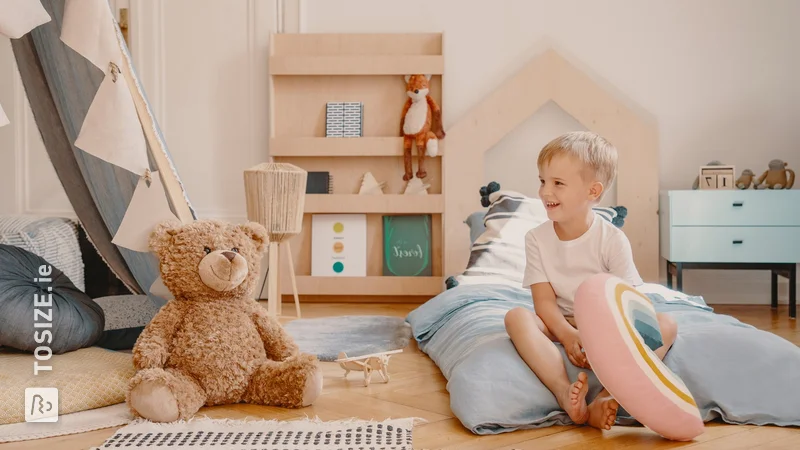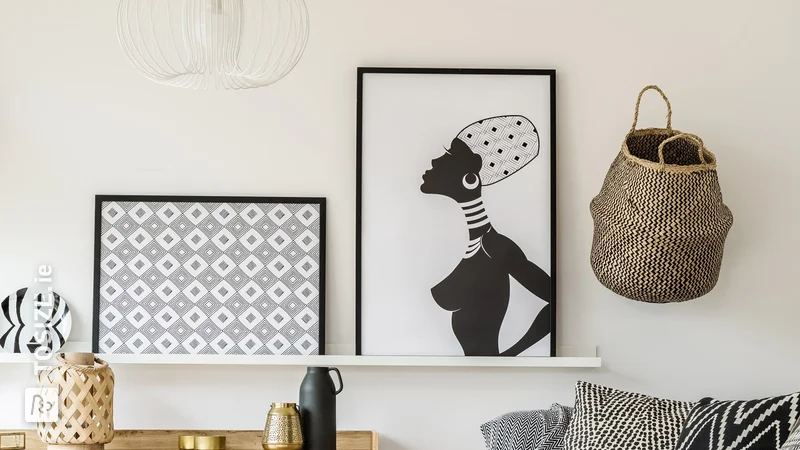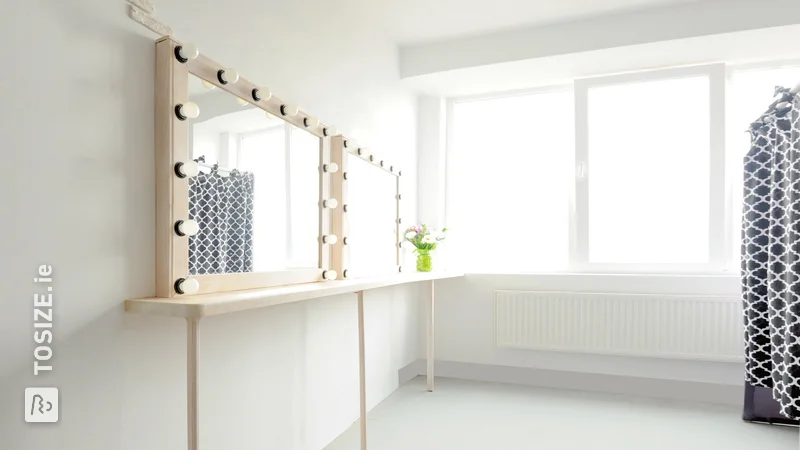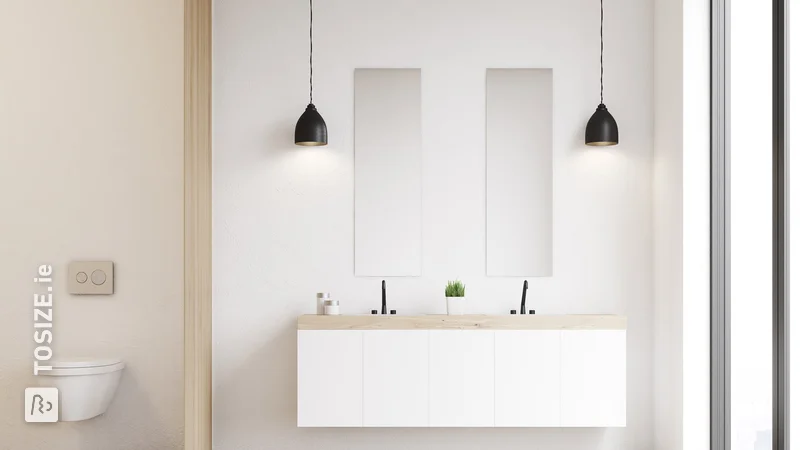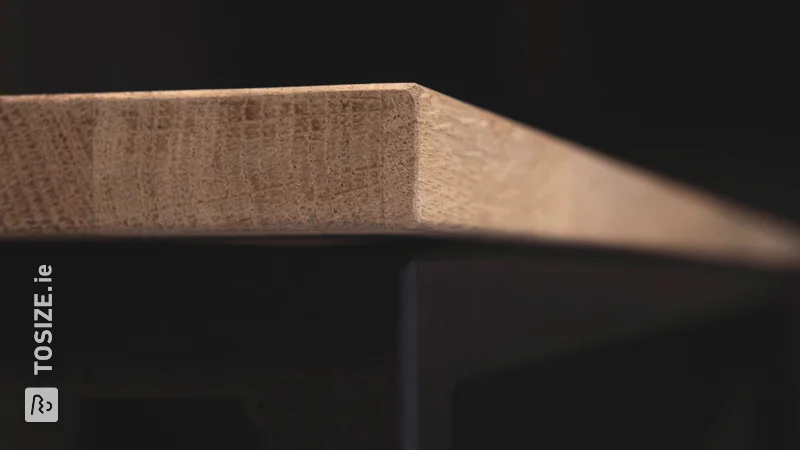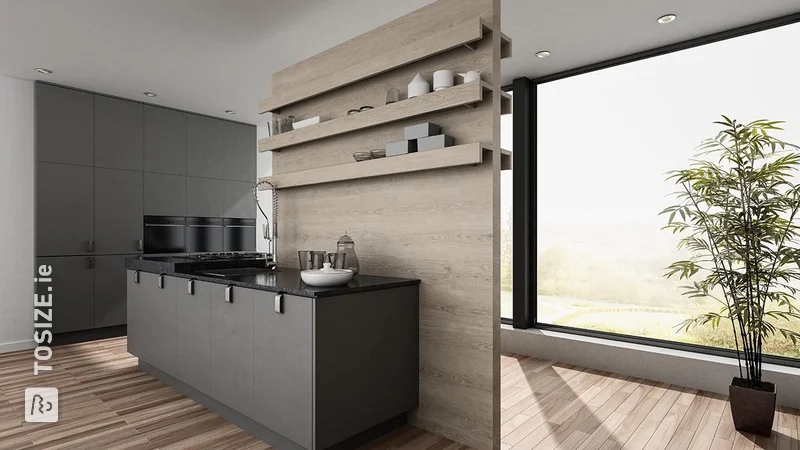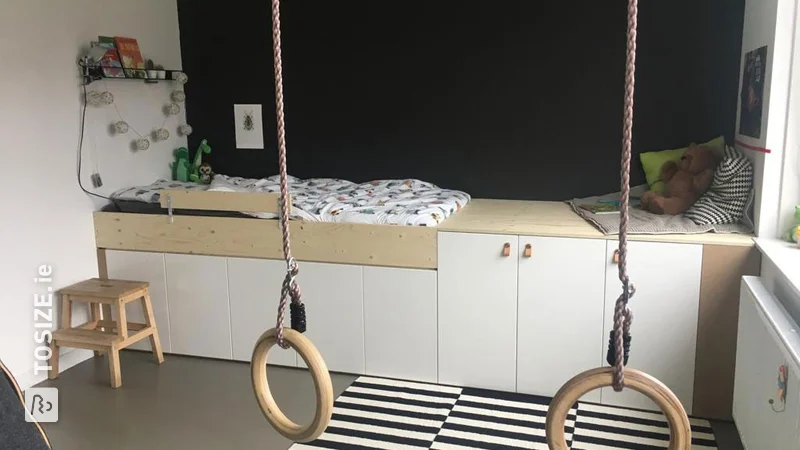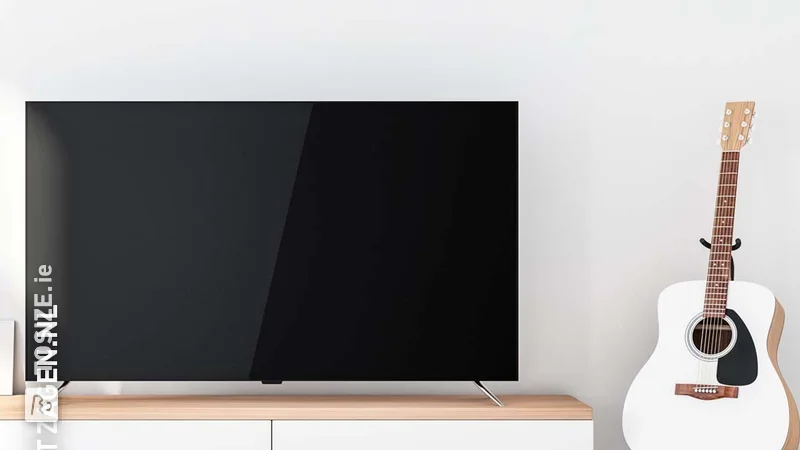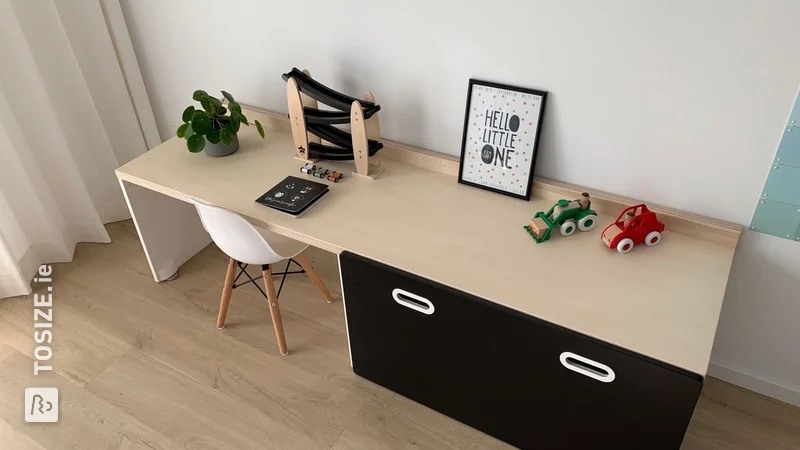What is underlayment? We explain it to you!
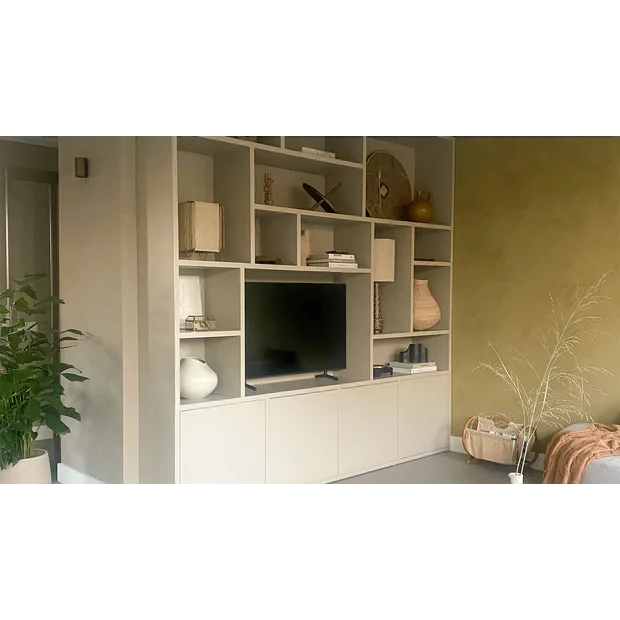


Want to know more about underlayment, also known as Pellos Floor, and what you can do with it? Read more about the flat and strong properties of Underlayment in this blog! We tell you what you can use it for, how you can work with it so you can enjoy it for a long time and what you should pay attention to when you buy this board material. In short: here you can read all about underlayment wood.
Underlayment: the flat wooden plate
Underlayment s a flat and strong sheet material consisting of several layers of wood veneer. It is therefore quite similar to plywood, which is made in the same way. It is often flatter than plywood and has a wilder look. This is why this wooden board material used to be used less for visible work. Nowadays, this tough, natural look is very popular and it is increasingly used for (large) visible projects.
The construction of Underlayment
As described above, underlayment consists of several layers of wood veneer. These are thin layers of wood that are peeled off a tree trunk like a large sheet. The layers are glued together, creating a thick, strong board. Wood veneer is solid and can therefore warp; for this reason, the layers of wood veneer are glued together crosswise. Should it start to warp, the other layers of veneer will prevent it.
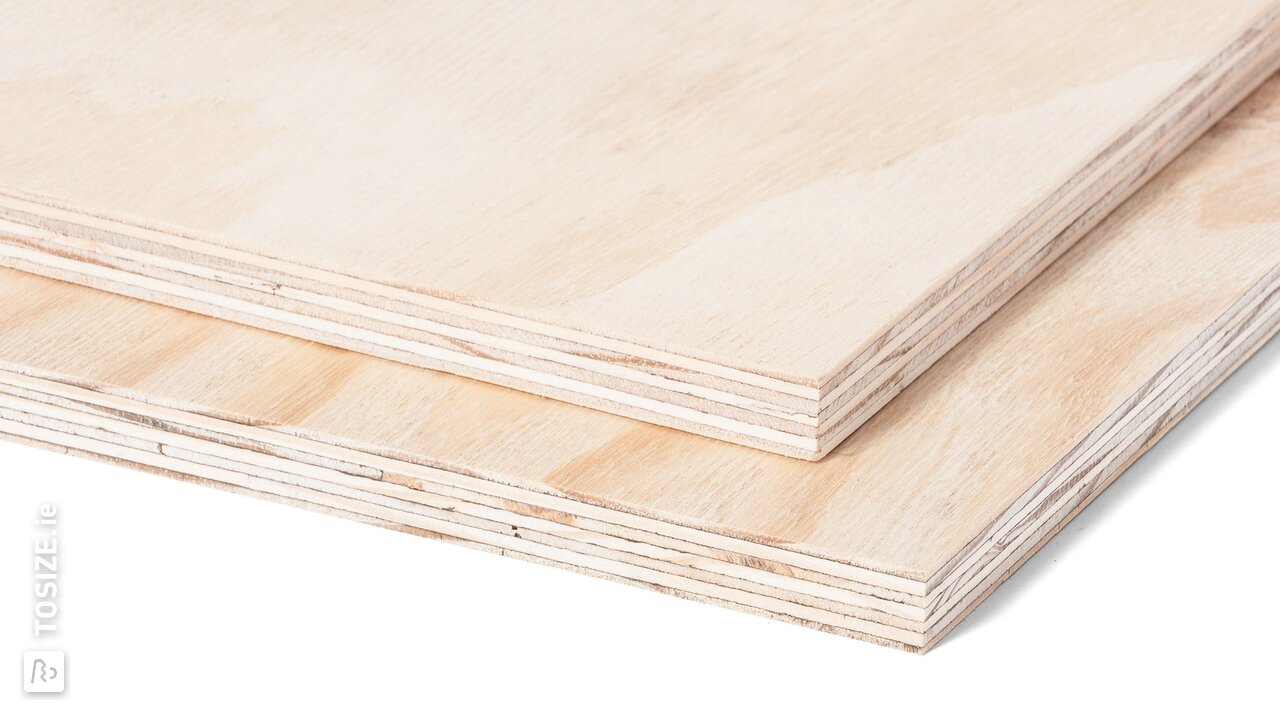
The properties of Underlayment
Underlayment has a number of unique properties compared to other board materials. First of all, underlayment wood is very flat. The surface is nice and straight and has relatively little structure. In addition, this board material is very strong and will not easily warp, even under a somewhat heavier load. Pellos floor is in the first instance not intended for visible work, but mainly for constructive applications. The appearance of this wood can therefore be less attractive, depending on the variant you choose.
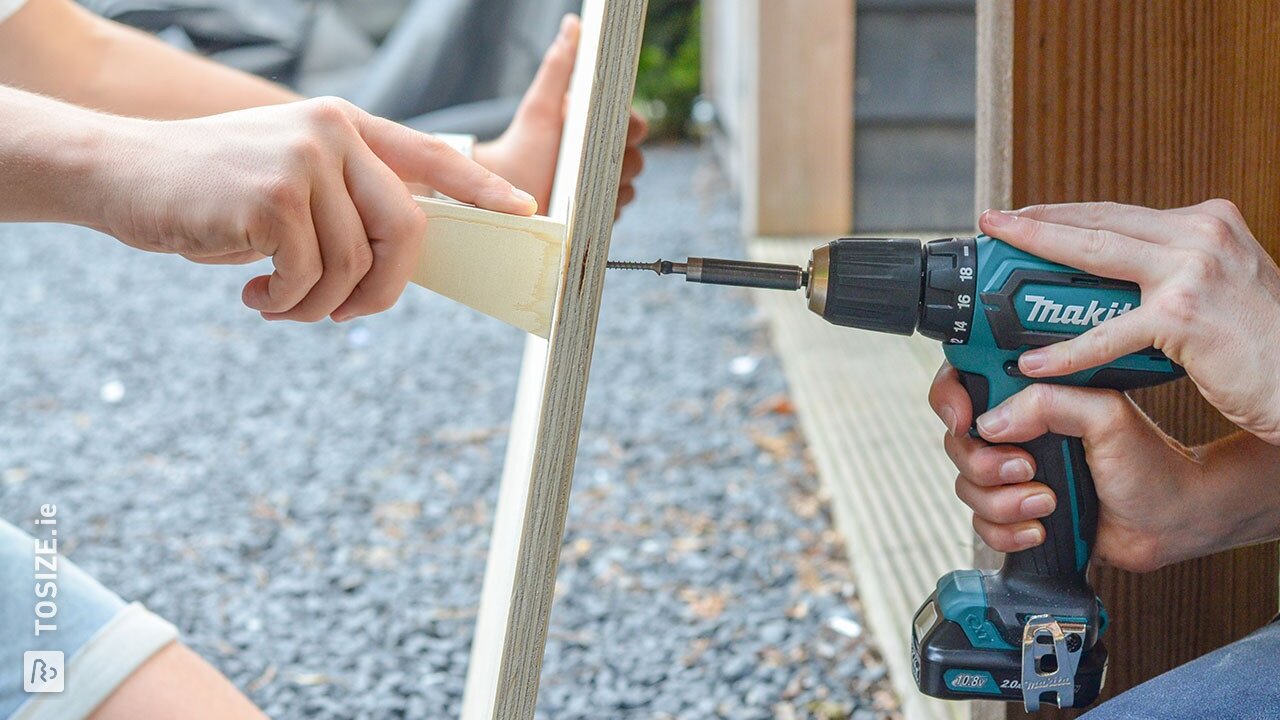
Underlayment Finnish Spruce (Pellos Floor)
Underlayment Finnish Spruce, the material we have in our webshop, is a variant that is made of spruce wood. This variant has a better appearance than many other board materials under the name 'underlayment'. This material is also known as Pellos Floor. Because of this high quality, Underlayment Finnish Spruce is often used for visible work, especially for DIY projects indoors.
Elliotis Pine is a variant of underlayment that you don't want to use for sight work. It is good for use in building or construction, but not recommended for use in DIY projects or furniture.
View Finnish Spruce underlayment in the webshop
The applications of underlayment
Because of the versatility of the material, Finnish spruce is used for many different projects. It is often used in construction, but also in smaller (do-it-yourself) projects indoors. Here are some of the options:
Floors and underlays
Underlayment, or pellos floor as the name suggests, was originally developed for laying subfloors, for which it is also very well suited. The straight surface of the material allows floors to be laid very flat and its structural strength means that it can also withstand a great deal of pressure. It is often used in combination with a softer material, for example, softboard. This material is then used to even out the surface and insulate the subfloor. The pellet floor is laid on top of this to give the floor extra strength.
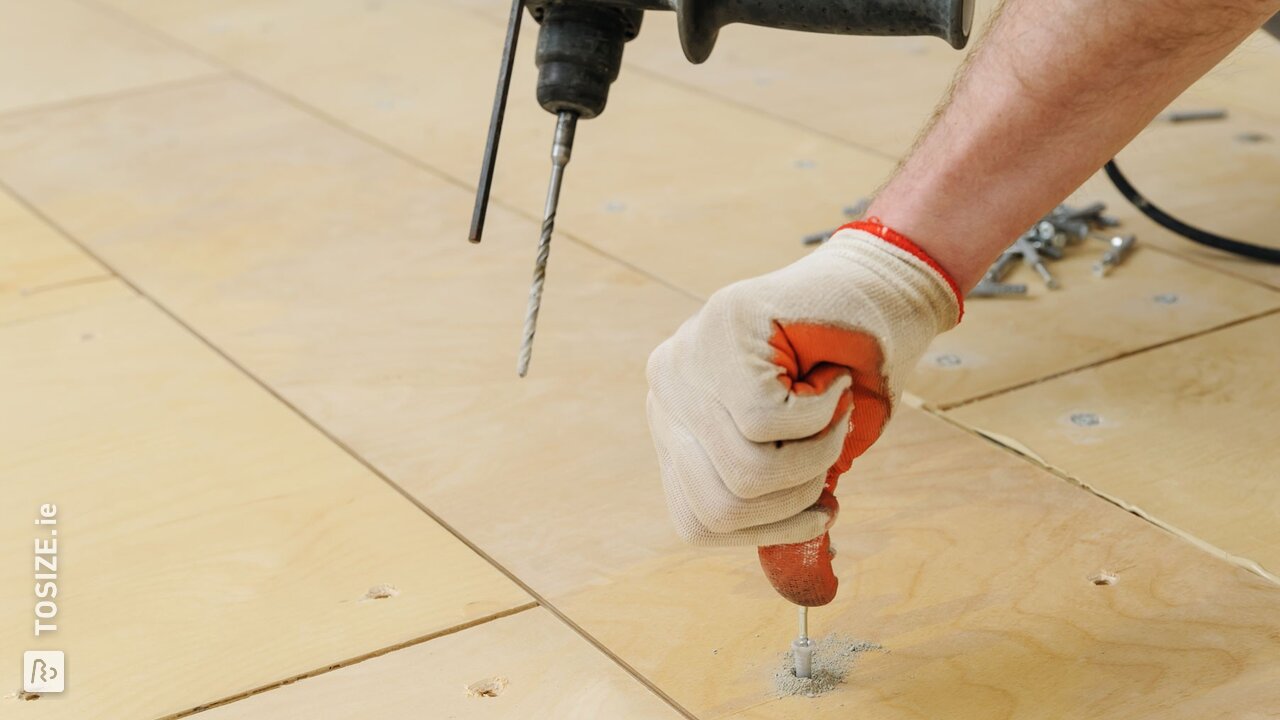
Styling
Spruce is also widely used for many stylistic projects. These projects can range from small decorative items, such as toys or a doll's house, to larger projects such as a wall rack or children's desk. Often in these projects, the look of the material is kept in sight. In pop-up stores, the material is also used more often, for example as the basis for a self-made counter. In community centres, churches and smaller theatres, Finnish spruce is used to create an elevation or podium, where the flatness of the material is highlighted. An ideal board with multifunctional applications!
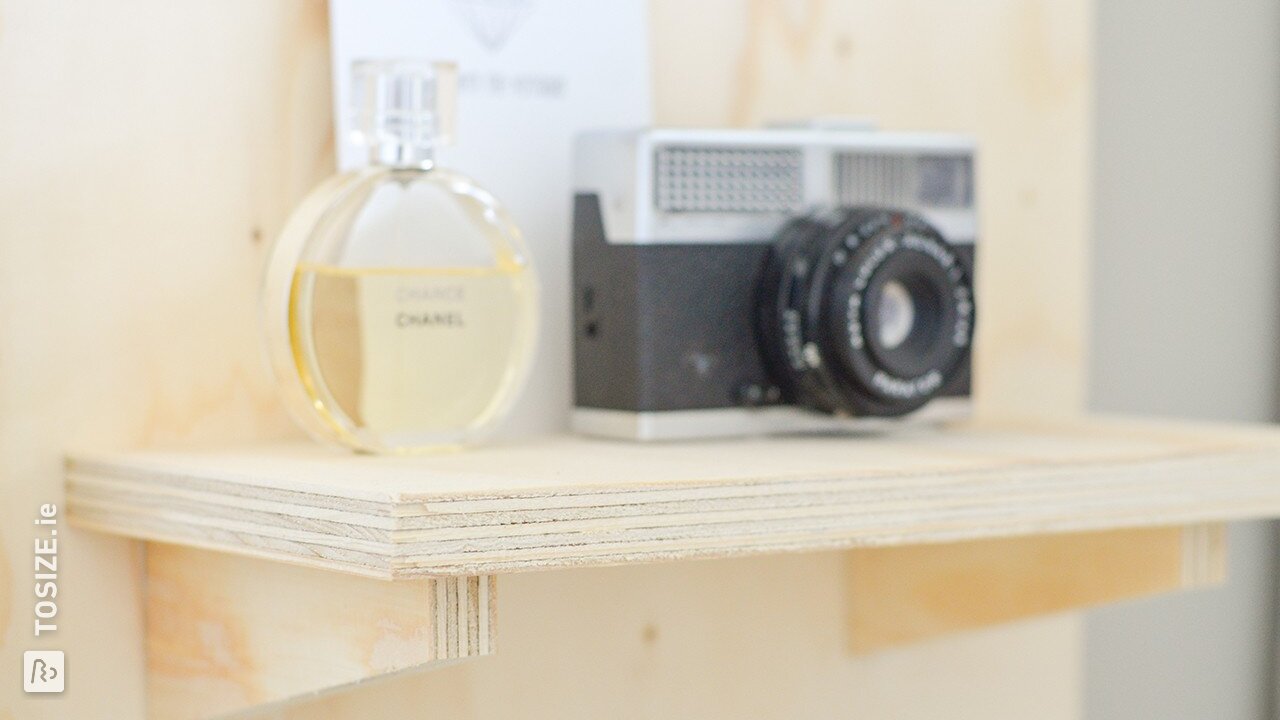
Working with underlayment
Underlayment is made of solid wood, so it is important to pay extra attention to the finishing of the material. Here are a few important points:
- Lightly sand the material before use. The ends may contain splinters, so give them some extra attention.
- Use underlayment only in indoor applications. Although the material is glued moisture-resistant, the wood itself cannot cope well with moisture.
- Finish the material well. A primer is a good option for this. The ends can be treated with an edge sealer. If you want to preserve the appearance of the material you can choose to finish it with a clear varnish.
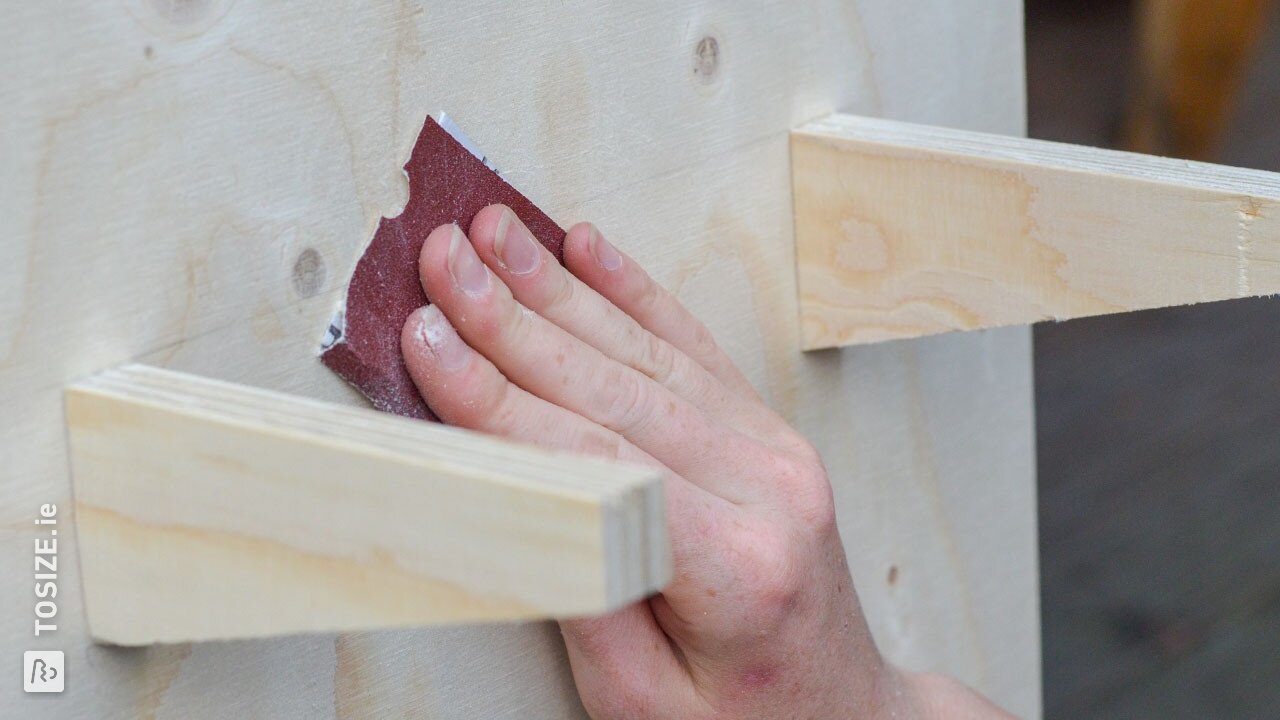
Ordering underlayment to size
Do you also want to work with underlayment? Then order it with us! This way you don't have to start sawing and you only pay for the material you need. Underlayment is not only cut to size, but also in different shapes! You can choose rectangles, squares, triangles and circles, but also more unusual shapes like trapezoids, parallelograms and houses are possible! As icing on the cake, we can also finish the ends for you. That way, when your order is delivered to your home, you can get straight on with your job!
